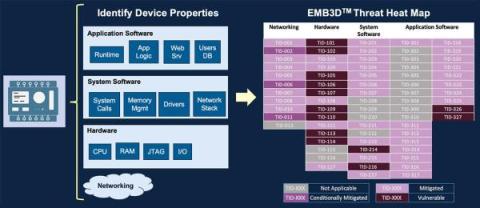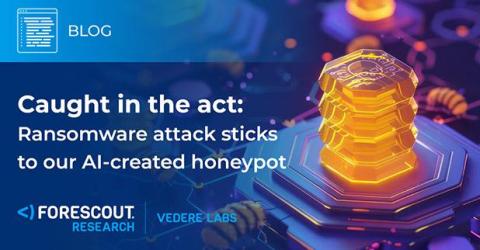New RedTail Malware Exploited Via PHP Security Vulnerability
RedTail is a sophisticated malware designed for unauthorized cryptocurrency mining with a focus on Monero. It was first identified in January 2024, but it has been circulating since at least December 2023. Its latest iterations show improvements in evasion and persistence mechanisms, underscoring the significant expertise and resources driving its development.








